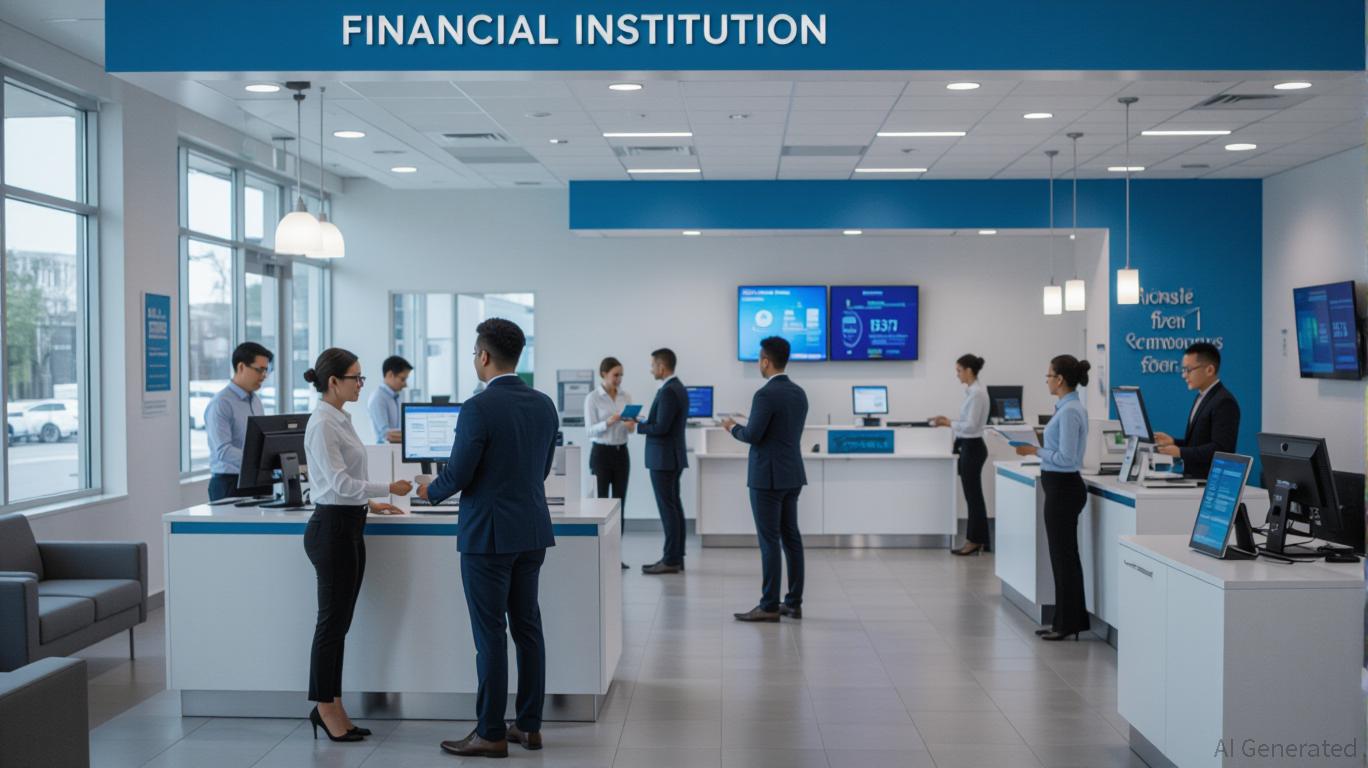In a market where income-focused investors are increasingly wary of rate hikes and sector-specific risks, Truist Financial Corporation (TFC) has emerged as a compelling case study. The bank’s 4.61% dividend yield as of July 2025—well above the Financial Services sector average of 2.88%—has drawn attention to its ability to balance shareholder returns with operational resilience. But as with many high-yield plays, the key question remains: Is Truist’s dividend growth and earnings momentum sustainable in the long term?
A Dividend Yield That Stands Out
Truist’s yield has surged to 4.61%, placing it in the top 25% of U.S. dividend payers. This figure reflects a decade of disciplined capital management, with dividends growing at a 7.71% annualized rate through 2024. However, the pace has slowed in recent years, with a 2.93% annualized growth rate over the past five years and a flat 12-month growth rate. The current payout ratio of 60.8%—significantly higher than the sector average of 45%—raises questions about the bank’s ability to sustain this yield amid potential economic headwinds.
The bank’s 53-year streak of consecutive dividend payments speaks to its historical reliability, but payout ratios above 50% are rarely seen in the banking sector without caution. For context,
Earnings Momentum: A Foundation for Sustainability
Truist’s recent Q2 2025 results underscore its operational strength. Earnings per share (EPS) of $1.19—29.35% above the $0.92 forecast—highlight the bank’s ability to outperform in a competitive landscape. This outperformance is driven by digital innovation, with 43% of new clients joining via digital channels and a 17% year-over-year increase in digital account production. would illustrate a consistent pattern of beating expectations, a rarity in the earnings-driven banking sector.
The bank’s capital position further supports its earnings resilience. A CET1 capital ratio of 11%—400 basis points above the 7% regulatory minimum—provides a buffer for continued shareholder returns. Truist’s recent $750 million in share repurchases, exceeding its quarterly target, also signals confidence in its valuation. However, the lack of transparency around the payout ratio remains a concern. While the bank’s diversified business model (spanning consumer banking, wealth management, and corporate lending) mitigates sector-specific risks, a 60.8% payout ratio leaves little room for error if earnings decline.
Strategic Diversification and Capital Management
Truist’s capital management strategy is a mixed bag for income investors. On one hand, the bank’s preferred stock program—including the 4.75% Series R offering—bolsters regulatory capital while offering a fixed income stream. On the other, the non-cumulative nature of these dividends introduces risk. If the board skips a payment, investors forfeit the right to claim arrears—a stark contrast to cumulative preferred stock.
The bank’s diversification, however, is a mitigating factor. Growth in commercial and consumer loans, coupled with improved asset quality (net charge-offs at a five-year low), suggests Truist can maintain earnings even in a downturn. Its digital-first approach—such as the integration of LightStream Lending—also positions it to capture market share in a shifting banking landscape.
Risks and Rewards for Income Investors
While Truist’s high yield and earnings outperformance are enticing, several risks warrant scrutiny. The bank’s payout ratio, though historically balanced, is now among the highest in its peer group. A recession or interest rate cut could strain its ability to maintain the current dividend. Additionally, the non-cumulative preferred stock structure adds uncertainty for income seekers seeking guaranteed returns.
Yet Truist’s strategic priorities—expanding in growth markets, enhancing digital capabilities, and maintaining a robust capital position—suggest a long-term commitment to shareholder value. For investors with a moderate risk tolerance, the bank’s 4.61% yield, combined with a CET1 buffer and diversified revenue streams, offers a compelling risk-reward profile.
The Verdict: A Cautionary Optimism
Truist Financial’s growing dividend yield and strong earnings performance position it as an attractive option for income-focused investors. However, the high payout ratio and non-cumulative preferred dividends necessitate a cautious approach. Investors should monitor quarterly earnings reports and regulatory filings for signs of stress, particularly in the context of broader economic trends.
For those willing to tolerate the inherent risks of a high-yield bank stock, Truist’s disciplined capital management and strategic innovation make it a standout in the Financial Services sector. The key is to balance the allure of the 4.61% yield with the realities of a volatile market—and to ensure that Truist’s dividend remains a promise, not a gamble.
Source: ainvest.com







